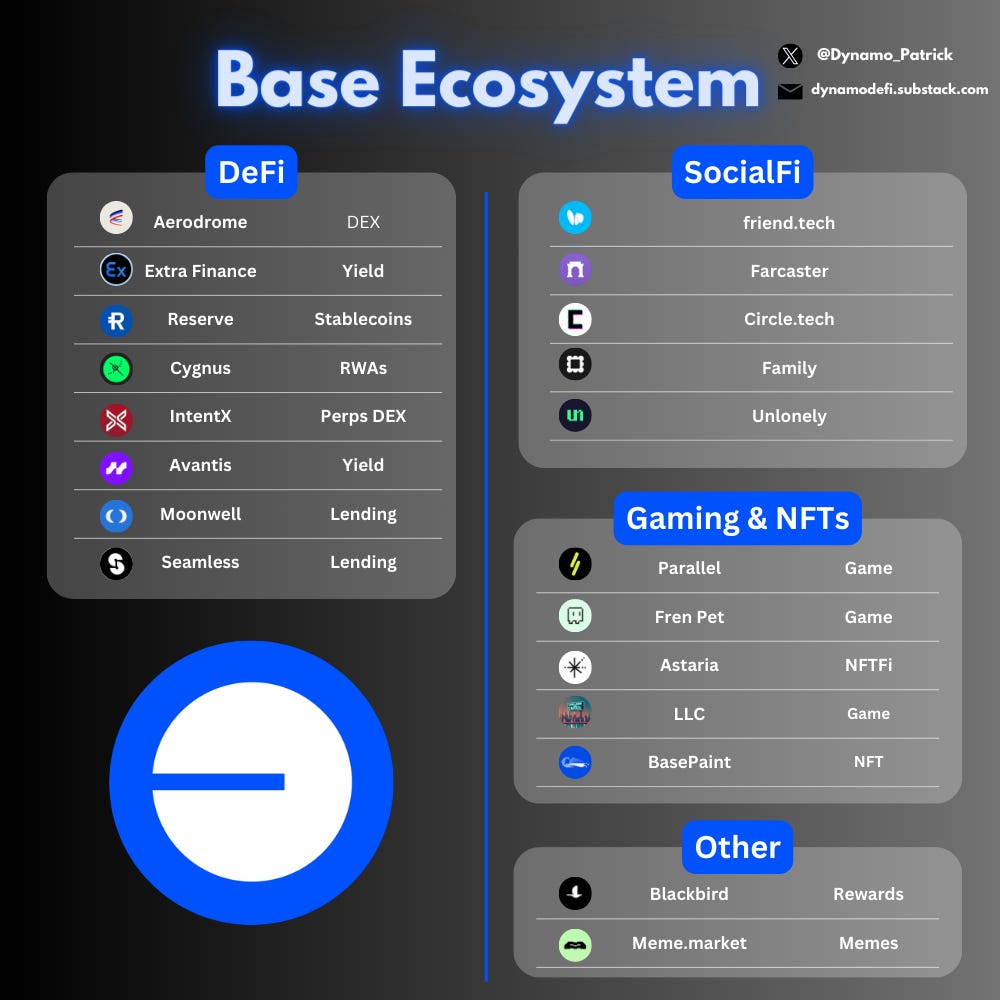Research Summary
The report discusses the SEC’s approval of the first spot Bitcoin ETFs, the potential for other crypto ETFs, and the upcoming Bitcoin halving event. It also covers the debate in the Ethereum community over a proposed increase in the gas limit. The report further explores the shift in DAI collateral from off-chain to on-chain sources and the decline in NFT market activity.
Key Takeaways
Approval of Spot Bitcoin ETFs
- Historic SEC Decision: The SEC approved the first spot Bitcoin ETFs on January 12, 2024, marking a significant victory for the crypto industry. The approval process was tumultuous, with last-minute finalizations and a security breach where the SEC’s Twitter account posted a fake approval message.
- Impact on Trading Volume: The launch of Bitcoin ETFs saw $4 billion in trading volume on the first day, with a notable amount from GBTC redemptions. However, Vanguard blocked customer access due to concerns over volatility.
Debate Over Ethereum Gas Limit Increase
- Proposed Increase: The Ethereum community is debating a proposed 33% increase in the gas limit, from 30 million to 40 million gas, to allow for more transactions and smart contract operations per block. Vitalik Buterin, the creator of Ethereum, supports a modest increase in the gas limit.
- Potential Risks: Péter Szilágyi, a Geth developer, cautioned that a higher gas limit could lead to faster state growth, slower sync times, and increased DoS attack potential. Joe Coll from Framework Ventures expressed concerns about the risks of increasing the gas limit before the Cancun/Deneb upgrade.
Shift in DAI Collateral
- Increasing On-Chain Collateralization: The report highlights the shift in DAI collateral from off-chain/RWA sources to on-chain sources, with a 4% increase to 55% on-chain collateralization and a 190 million DAI (6.98%) growth in on-chain collateralized DAI since the last newsletter.
- Impact on Revenue Generation: MakerDAO’s revenue sources are experiencing a significant shift, with on-chain sources poised to surpass off-chain sources for the first time in 415 days. This shift could signal a broader trend in the DeFi space towards greater reliance on blockchain-based collateral.
Decline in NFT Market Activity
- Decreasing Interest: The decline in NFT market activity, with transaction volumes down 70% from their peak, suggests a cooling interest and a lack of new user influx into the NFT ecosystem.
- Withdrawal of NFT Support: Despite the withdrawal of NFT support by major social media platforms, users continue to use NFT images as profile pictures, indicating a persistent, if niche, user base for NFTs.
Actionable Insights
- Monitor the Adoption of Bitcoin ETFs: With the SEC’s approval of the first spot Bitcoin ETFs, it’s crucial to monitor the adoption and performance of these ETFs in the market. The next 3-12 months will be crucial for the adoption of Bitcoin ETFs, with a gradual increase in accessibility across U.S. wealth platforms.
- Understand the Implications of Ethereum’s Gas Limit Increase: The proposed 33% increase in Ethereum’s gas limit could have significant implications for transaction throughput and network health. Stakeholders should understand the potential risks and benefits of this proposal.
- Assess the Shift in DAI Collateral: The shift in DAI collateral from off-chain to on-chain sources could signal a broader trend in the DeFi space. Stakeholders should assess the implications of this shift for revenue generation and risk management.
- Track the Evolution of the NFT Market: The decline in NFT market activity and the withdrawal of NFT support by major social media platforms could impact the future of the NFT ecosystem. Stakeholders should track these developments and their potential implications for the NFT market.














